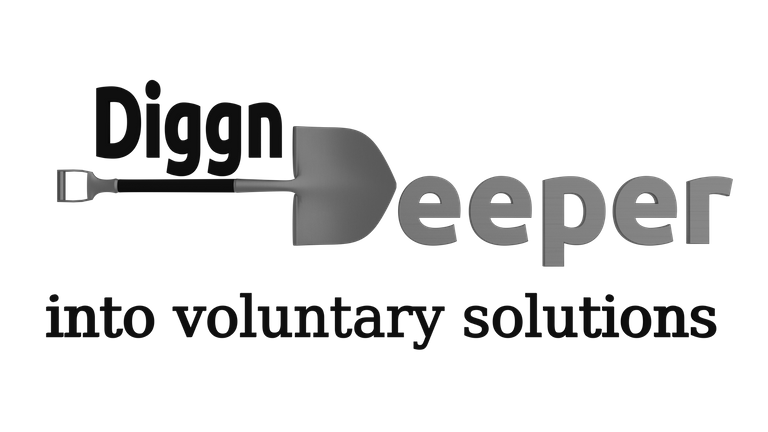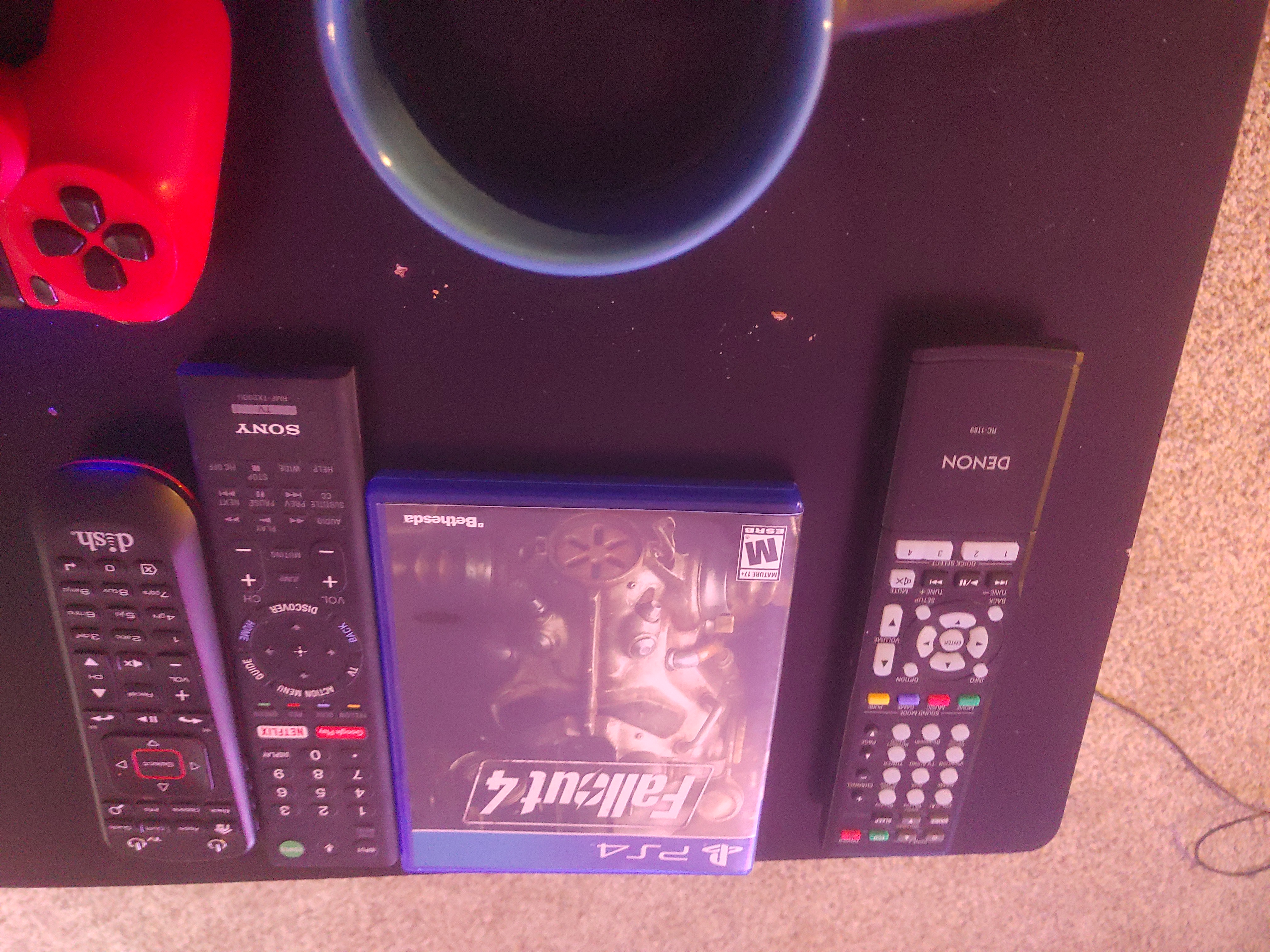
Content Creator Version.
Linux has a full array of high-quality free software that will fit pretty much any need.
I’m going to show you what I think are the better/ more popular examples of software in each of the categories specific to content creators. You can run a full, professional-grade production suite on your computer of choice, for any kind of content you choose to create. For free!
It is more than just free, it is freedom.
The thing about open source and the Linux ecosystem is that there are so many choices. If you happen to not like any of the particular software I show you here, you can just search for another alternative and chances are pretty good that you will find something that does suit you.
Operating System: The myriad of Linux operating systems are called distros which is short for distribution.
Linux Mint: I use Linux Mint as my workstation OS for mainly because I don’t try to run down problems in my daily driver. This is a very solid OS and rarely has any problems, but if any do come up and the solution is more than a quick search with a verified fix, then I just “nuke and pave”. By nuke and pave, I mean I just re-install the operating system. It only takes half an hour to completely re-install, move all files back to the system and log back into all my network services. Internet services are not a problem because I use syncing on Firefox. Once I sign in and sync Firefox, all the rest of my logins and preferences are right there ready to go.
Browser:
Firefox: The most boringly useful tool I use is my browser. No matter what I’m doing, the browser is open and active. Of course, you can install Chrome or the de-Googled Chromium browser as well as a ton of others. Google Chrome needs to be downloaded from Google’s website, but the de-Googled Chromium will be in the Software Center for free. Pretty much everything is free.
Video:
KdenLive: A full-featured non-linear video editor. It is well regarded as a fully capable alternative to the professional choices out there. I’m not so sure about that, but I am sure it works well enough for the vast majority of content creators out there.
Handbrake: Video Transcoder. Handbrake is easy to use for straight forward stuff like making huge files smaller or changing things like resolution or frame rates. If you make videos, once you start using this little gem, you will find yourself using it all the time.
Blender: 3d creation tool – and so much more. This is my absolute favorite piece of software. It’s often hard to believe we get to use such a powerful and complete story-telling tool. It is a steep learning curve, for sure, but it can do everything a video maker could want. Blender is what I made my logo in, which you can see at the bottom of this post. I don’t know what else I could have made something like that with. It can be used for video editing, animating, compositing, making models, anything.
Audio:
Audacity: Audacity has earned a solid reputation amongst the audio producers out there. It is in the realm of industry standard software. It is certainly mentioned and praised all over the place. It is particularly popular for podcasting, but a lot of professionals also use it for editing audio.
Graphics/ pictures
GIMP: GIMP has just recently gone through a major overhaul from what was already a very well respected piece of software. To be clear, this is a professional quality software and as such is not necessarily well suited to someone that is not looking for the plethora of features available.
Video player
VLC media player: I would be remiss if I didn’t mention what is possibly the most beloved open source software used by all the operating systems out there. VLC will play pretty much anything you throw at it. It can play streaming network files, local files or even internet based ones on platforms like YouTube and the like.
Office Suite:
LibreOffice:: More compatible with Microsoft Office than Microsoft Office! The only problem you might face if you come from Microsoft Office is if you use macros in your spreadsheets. Other than that one unlikely scenario, this is a very reliable and full-featured suite.
Email:
Thunderbird: Simple yet full-featured email client from Mozilla. Thunderbird supports multiple accounts and the latest encryption. It supports multiple accounts and it has a host of plugins that extend the functionality nearly endlessly. One of my favorite features of Thunderbird is how easy it is to backup. All you have to do is drag a file to the backup location and your done. Using Linux, that can be automated.
I used to really hope for more marketing for open source in hopes that it would “take over” proprietary options. Now I see that we don’t need to worry about what other people are doing. So long as we have the option to use what we want and open source is allowed to thrive, then that is all that matters.
It is all about choices.
I hope to see society progress into the future by open sourcing all the things. I see open source now finding its way into all sorts of our lives such as hardware, education, food and medicine to name just a few things.
Posted from my blog with Exxp : https://software.diggndeeper.com/whats-keeping-you-from-trying-linux/
